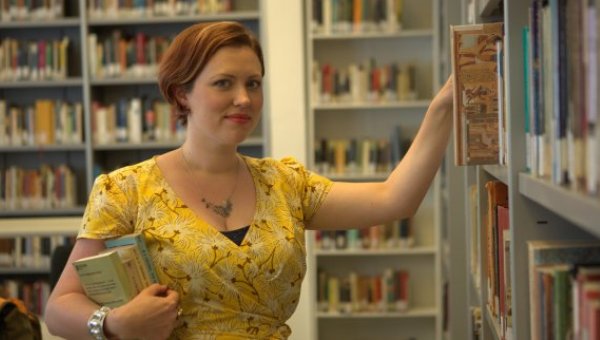The Colosseum as a Giant…Derrière? Prof. Lila Yawn’s New Article
Professor of Art History Lila Yawn recently published an article in the journal California Italian Studies titled “Culiseo: the Roman Colosseum in Early Modern Jest.” Professor Yawn specializes in the history of medieval art in Italy and in perceptions of the Middle Ages today. She is Director of the Master of Arts in Art History at JCU and Arts and Humanities Advisor at the American Academy in Rome. In Spring 2017 Professor Yawn teaches World Art II: Visual Culture of the Medieval World (AH 142), Medieval Rome and its Monuments (AH 291), and Research Practicum (AH 460).
ABSTRACT
The Mirabilia literature of the high and later Middle Ages portrayed the Colosseum in Rome as a lofty, celestial building. As the amphitheater declined, from a lively village in the twelfth century to an abandoned wasteland in the fifteenth, these descriptions became ever more elaborate and magical, reaching an apex in the Trecento. Starting with the poetry of the Florentine barber-poet Burchiello in the first half of the Quattrocento, however, and above all during the 1520s and 1530s, when Burchiello had many admirers and imitators, comic and satirical writers, particularly Tuscans (Vignali, Aretino, Berni, Bronzino, Cellini), made the ‘Culiseo’ a synonym for ‘backside’ and the butt of countless sodomitic and scatological jokes. Rome’s most notable antiquity, which for the Middle Ages had been a consummate symbol of Rome as caput mundi, was thus reconceived in comic terms as a giant backside, a culo, and as a venue for illicit sexual encounters.
Read the full article.






